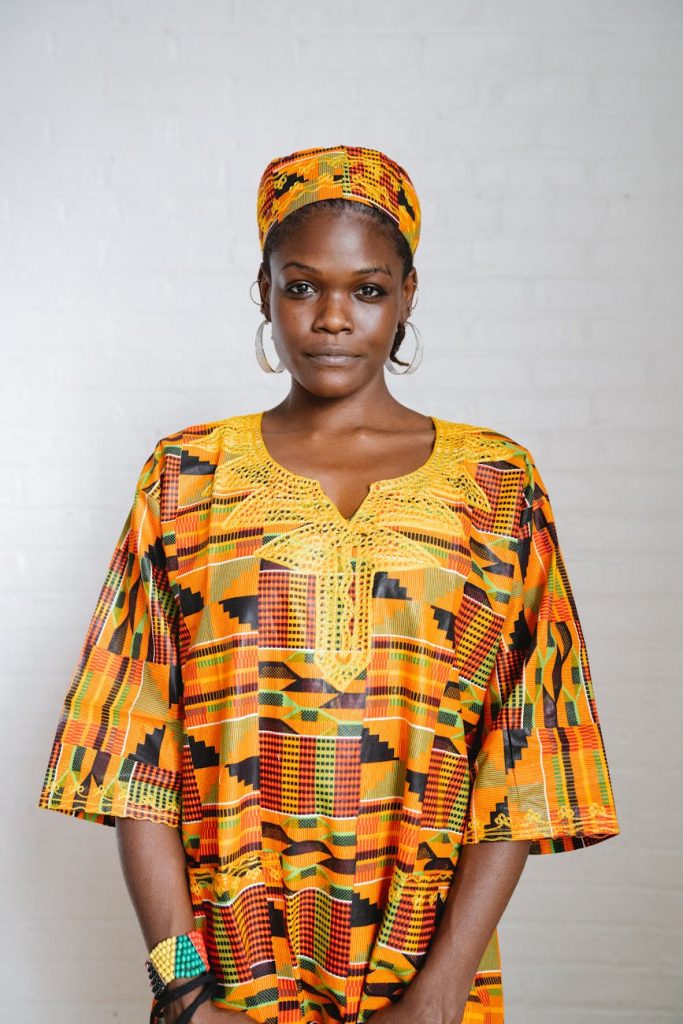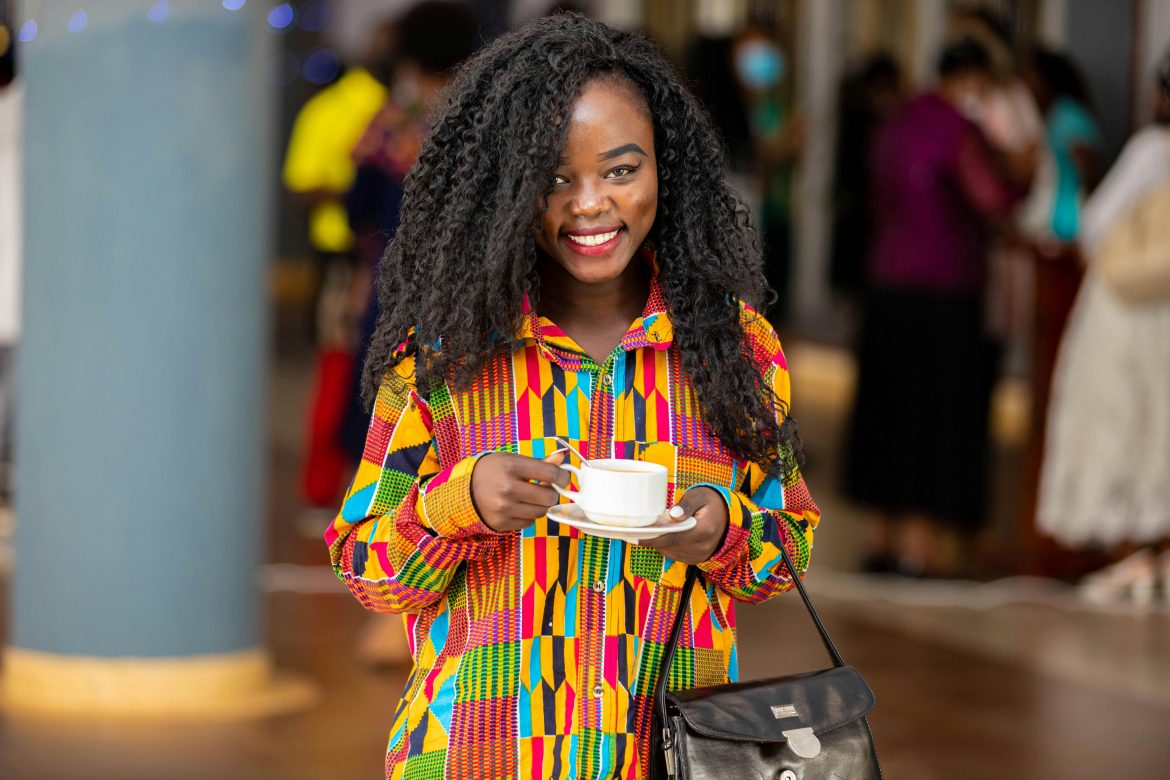Across the vast and diverse continent of Africa, weaving is not just a craft; it’s a vibrant narrative of culture, history, and identity. From the intricate patterns of the Ashanti Kente cloth in Ghana to the colorful tapestries of the Zulu in South Africa, African weaving is a testament to the ingenuity and artistic prowess of its people. Here at Afrikan Stories, we delve into the art of African weaving, exploring its significance, techniques, and the stories each thread tells.
Historical Roots and Cultural Significance
Weaving in Africa dates back thousands of years, with evidence suggesting that it was practiced even before the Iron Age. Each region has developed its unique style, reflecting the cultural heritage, social structures, and even the natural environment of its people.
- Kente Cloth, Ghana: Perhaps the most internationally recognized, Kente is woven on a narrow strip loom by the Ashanti people. Each color and pattern holds meaning, communicating proverbs, historical events, or social status. The cloth is used for ceremonial attire, symbolizing wealth, cultural sophistication, and communal pride.
- Mud Cloth (Bogolanfini), Mali: The Bamana people of Mali create Bogolanfini, where strips of cotton are dyed using fermented mud. The patterns are not just decorative; they often tell stories or convey messages, serving as a canvas for history, folklore, and personal narratives.
- Ukara Cloth, Nigeria: Among the Igbo, Ukara is a cloth woven for exclusive use by members of the Ekpe secret society. The geometric patterns are symbolic, representing concepts of justice, power, and morality within the society.
Techniques and Materials
African weaving techniques vary widely but are united by the fundamental principle of creating cloth from fiber.
- Hand Looms: Most traditional African weaving is done on hand looms, either horizontal or vertical. The narrow strip loom, used in West Africa, produces cloth strips that are later sewn together to form larger pieces.
- Natural Fibers: Cotton is prevalent, but in regions like Ethiopia, where cotton was less common historically, wool from sheep or goats is used. Raffia, from palm leaves, is utilized in Central Africa for its strength and flexibility.
- Dyeing and Patterning: Natural dyes from plants, minerals, and even mud are used, giving the fabrics their distinctive colors. Techniques like tie-dye, resist-dye, and stamping with carved gourds or metal tools add complexity to the patterns.

Modern Adaptations and Global Influence
While rooted in tradition, African weaving has not remained static. Modern influences have led to innovations in design, materials, and technology:
- Contemporary Art: Artists like Yinka Shonibare use traditional African fabrics in contemporary installations, exploring themes of colonialism, identity, and globalization.
- Fashion: Designers across Africa and globally incorporate African weaves into high fashion, from runways in Lagos to Paris, blending traditional techniques with modern aesthetics.
- Economic Empowerment: Weaving cooperatives, especially those led by women, have turned this craft into a means of economic empowerment, preserving cultural practices while ensuring the sustainability of the art form.
Stories Woven Into Fabric
Each piece of woven African fabric tells a story:
- Cultural Narratives: Through motifs and patterns, weavers communicate tales of creation, migration, battles, or social teachings. For instance, the Adinkra symbols in Ghanaian weaving convey philosophical concepts.
- Personal Histories: Weavers often embed personal or family histories into their work, making each piece a unique artifact of human experience.
- Resistance and Identity: During times of colonial oppression, weaving became a form of resistance, a way to maintain cultural identity against attempts at cultural eradication.
Challenges and Preservation
The art of weaving faces challenges like any craft in a modernizing world:
- Globalization: The influx of cheaper, machine-made fabrics threatens traditional weavers’ livelihoods.
- Material Scarcity: In some regions, the natural resources needed for traditional dyes and fibers are becoming harder to source.
- Cultural Preservation: There’s a continuous effort to pass down the skills and knowledge to younger generations, ensuring the craft doesn’t fade away.
Efforts to preserve this art include educational initiatives, cultural festivals, and the promotion of fair trade practices that value the artisan’s work.

Conclusion
The art of African weaving is more than fabric; it’s a tapestry of human creativity, resilience, and cultural identity. As we explore this timeless craft, we’re reminded of the intimate connection between the weaver, their tools, and the stories they weave into every thread. At Afrikan Stories, we celebrate this art not just for its aesthetic beauty but for its profound role in African heritage, hoping to inspire appreciation and perhaps, a renewed interest in learning or even practicing this intricate craft. Whether through the vibrant colors of Kente, the earthy tones of Bogolanfini, or the symbolic patterns of Ukara, African weaving continues to tell the stories of a continent rich in culture, history, and innovation.
Get real time update about this post category directly on your device, subscribe now.



